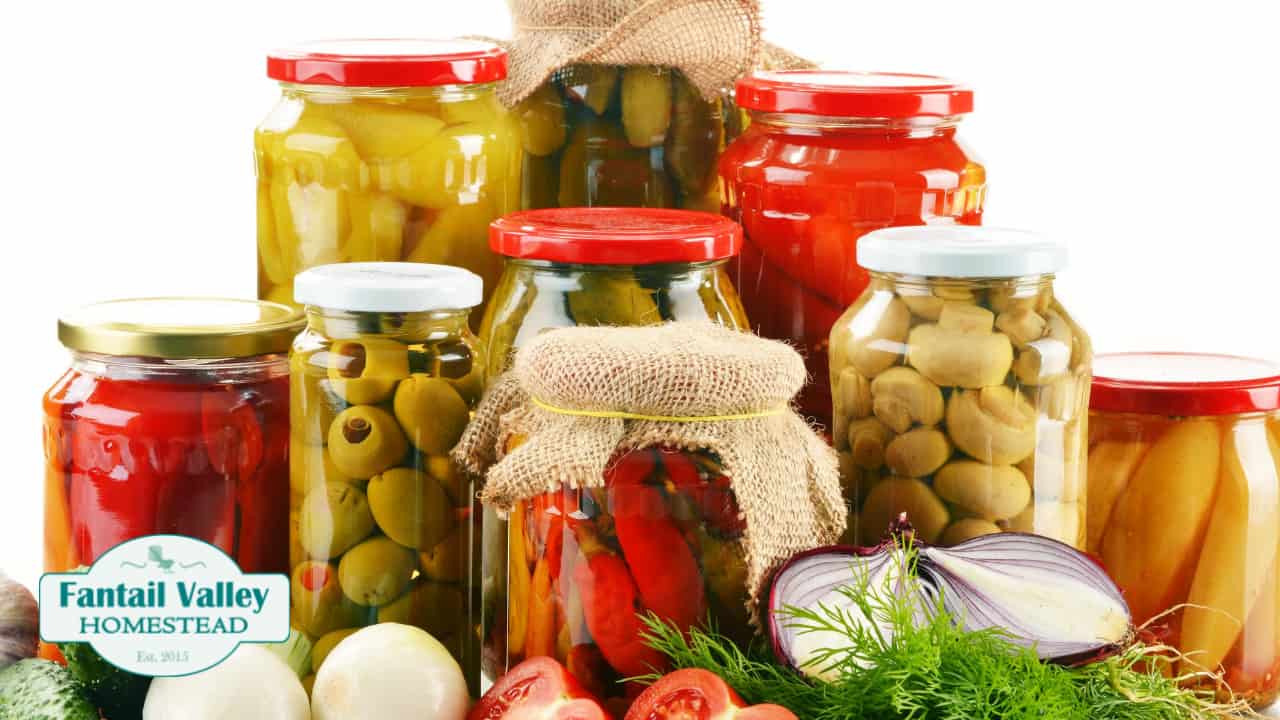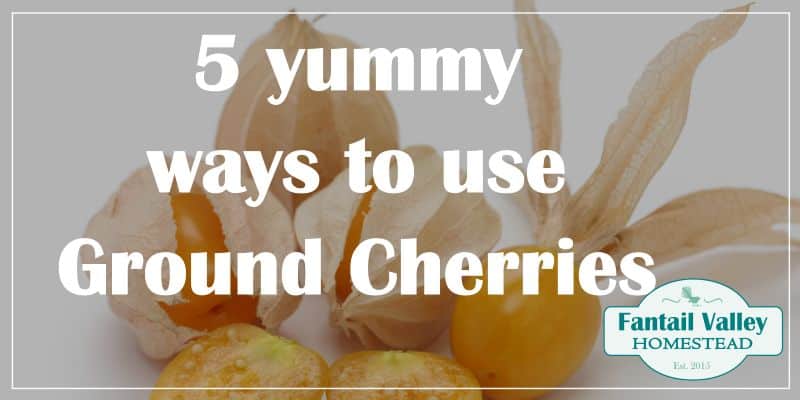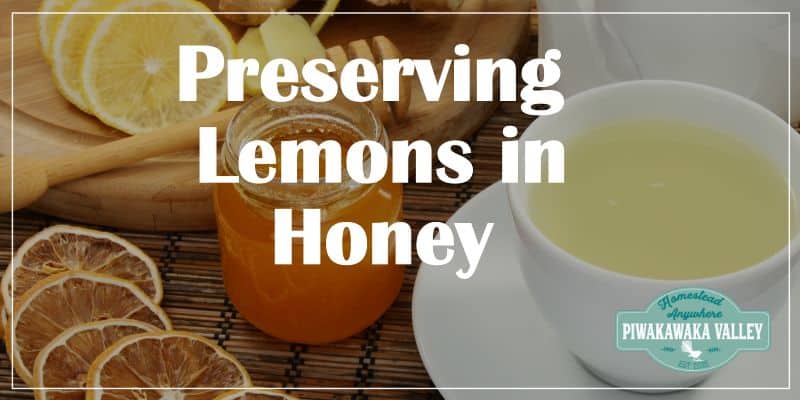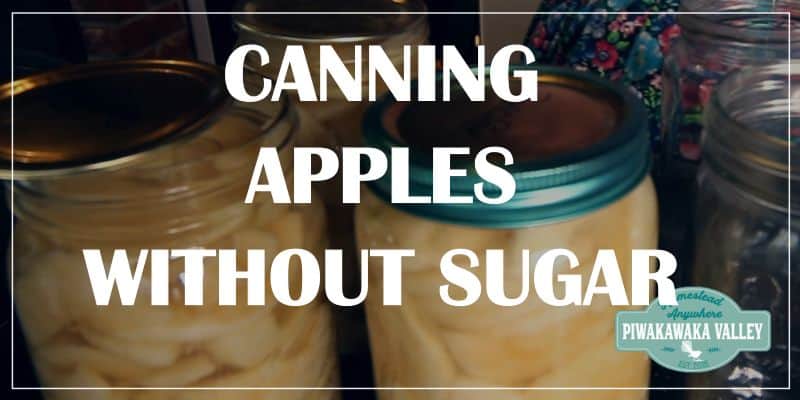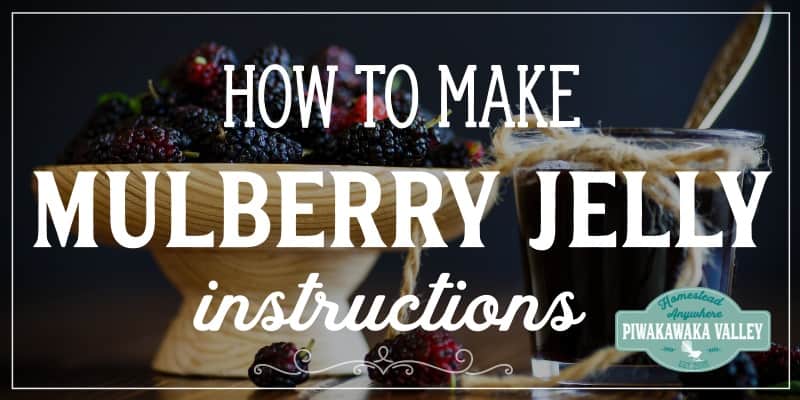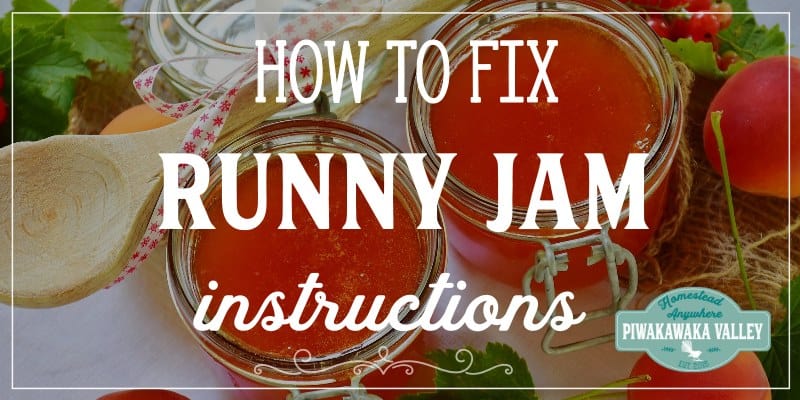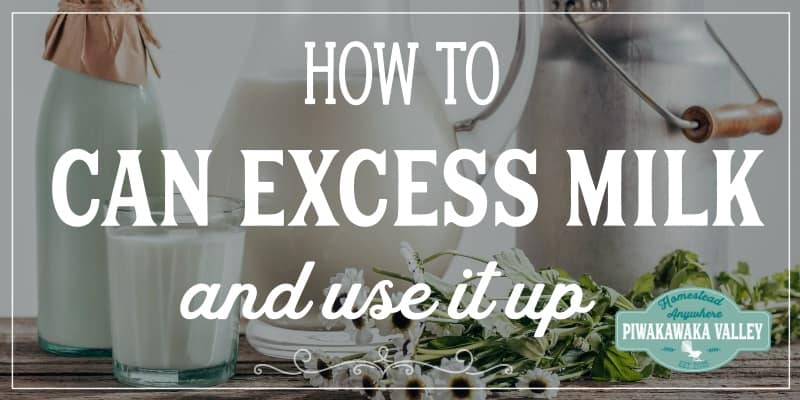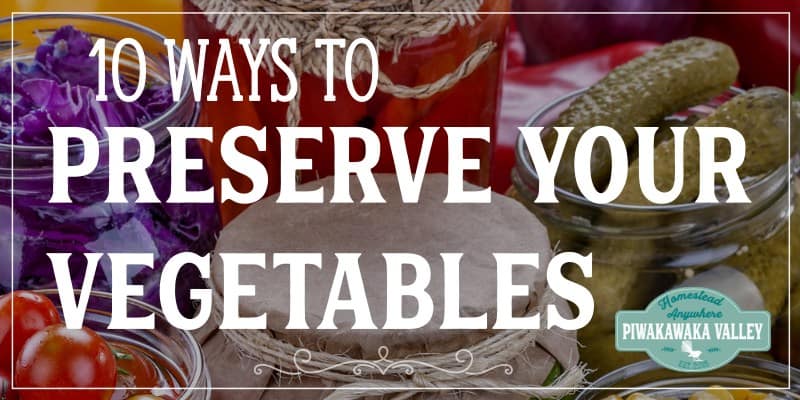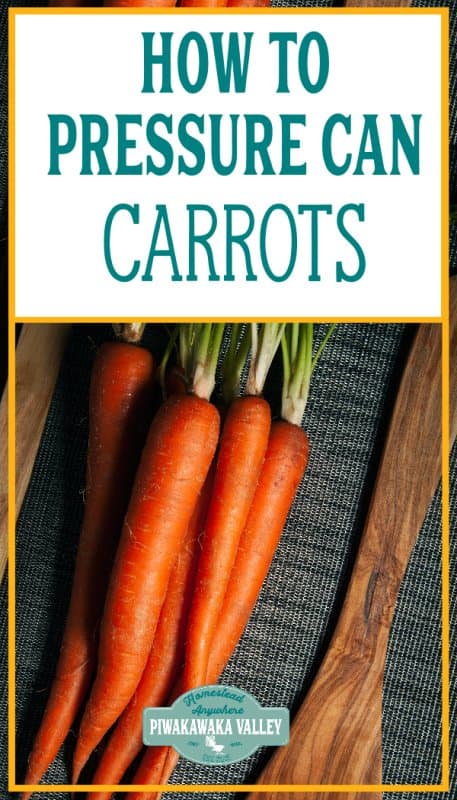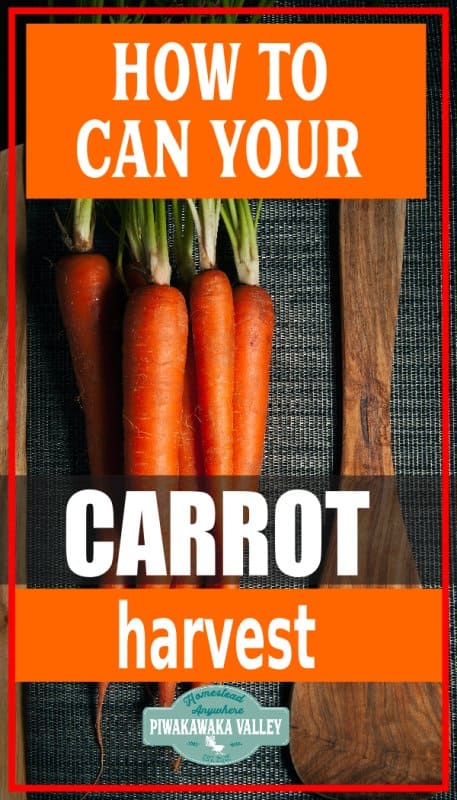This post was most recently updated on June 20th, 2022
If you have a bumper carrot harvest, you might be wondering about pressure canning carrots and whether it is safe to can carrots at home. Here is my step by step guide to canning carrots with a pressure canner and it even includes a video!
Please read: This information is provided for educational purposes only and is not intended to treat, diagnose or prevent any disease. We encourage you to make your own health care decisions in partnership with a qualified health care professional.
This post contains affiliate links, this means at no extra cost to you, we make a commission from sales. Please read our Disclosure Statement
If you are wanting to preserve low acid foods like vegetables or meat, you will need a pressure canner if you want to keep them unrefrigerated.
There are many ways to preserve foods, these include:
- Freezing
- Dehydrating
- Pickling
- Fermenting
- Cold storage
- Salting
- Canning
Carrots lend themselves to most of these methods, and each of them have positives and negatives.
I like to can carrots because of the following reasons:
- You can use them as they are, just heat them through (or not)
- They don’t go rubbery
- They don’t take up room in your fridge/freezer or garden
- They don’t get frost burn
- They look pretty!
Carrots are a low acid food, so they must be preserved either with an acid, fermented or pressure canned. Home canning is perfectly safe when you follow the correct directions.
Home food preservation needs a few simple tools to be successful – canning jar and lids can be bought from most supermarkets. You cannot water bath low acid foods, so unless you a pickling them, you will need a pressure canner as well. Ask around, someone may have one they are willing to lend you.
Pressure canning carrots – the raw pack method
There are a few things you will need:
- Raw carrots – unblemished and fresh
- Canning jars
- New seals
- Screw bands that fit the jars
- Pressure canner and jar rack
- Jar lifter
I like to raw pack my fresh carrots as it is faster to skip out the cooking them step and it is less effort as you don’t need to heat the jars and water and it reduces the risk of burning yourself.
1. Wash the carrots
Carrots fresh from the garden are best to use. Give them a good scrub and remove any spots or cracks.
2. Cut the carrots
You can decide if you want your carrots sliced or in chunks. Small carrots I tend to leave whole, larger carrots I cut in to pieces the size I would serve up.
3. Pack the carrots in to your canning jars
Pack carrots in as tightly as you can as they will collapse down slightly once they are cooked.
4. Top with water
Fill the jars allowing 1 inch of head space – the gap at the top. Run a knife around the edge of the jar and release any air bubbles and re-top up with water if required to keep that 1 inch headspace.
You might choose to add salt now at the rate of 1/2 teaspoon for a 500ml/pint jar and 1 teaspoon for a 1 liter/1 quart jar. **
5. Add the seals and bands
Wipe the rims of the jars, checking for any chips or cracks in both the edge of the jars and on the seals. Damaged jars or damaged seals won’t work.
Screw down the bands with just your fingertips until it is tight.
6. Add water to your canner
Follow your pressure canners directions and add as much water as it suggests. I add 4 liters/quarts to my 23 quart canner.
Place your canner on the cook top and add your jars on top of the rack.
7. Seal on your lid and put on high
Check that your canner lid is in good shape, ensure none of the seals are cracked or need replaced. Place your lid on properly but with the rocker off. Set your canner on high and bring to a boil.
8. Vent for 10 minutes
Once your pot is boiling and there is a constant stream of steam coming out the vent set your timer for 10 minutes.
9. Place your rocker
After 10 minutes place your rocker on and allow the pressure to build.
If you live under 1000ft/303m altitude then you are aiming for 11psi, if you live above this you will have to aim for 15psi, follow your canners directions for altitude adjustments.
10. Set your timer
Once pressure is reached set your timer again – 25 minutes for smaller jars and 30 minutes for the larger jars. Try to keep the pressure at the set amount, for my oven that means I have to turn my cooktop down to halfway.
11. Turn off and walk away
Once your timer goes off, turn your cooktop off and walk away. This allows the pressure to normalize slowly as the temperature declines. If you rush this process you will end up with failed seals and syphoned water out of the jars.
Leave the pressure canner for 1-2 hours for the pressure to normalize.
12. Remove the rocker
Take off the rocker and leave it for another 10 minute. This ensures the pressure is really back to 0.
13. Remove your jars
Take your jars out of the pot and place them on either a wooden board or a folded towel. This is to avoid giving the jars cold shock which will shatter your jars.
Leave the jars alone for 24 hours or until completely cold.
14. Check your seals
Remove the screw bands and check that the tops of the cans are concave and firmly sealed. If the seals have failed you can reprocess them immediately, or you can store the jar in the fridge to use within the next week.
Alternatively, you can hot pack your carrots. Simply heat your jars in an oven at 100C/200F for 10 minutes while you put your prepared carrots in a pot of boiling water for 3-5 minutes.
Then you may proceed with pressure canning them. The other difference is you have to bring the water in your pressure canner up to quite hot before adding the hot jars to the hot water, this is to avoid the glass cracking with the shock of a hot jar in cold water.
Are Canned Carrot Mushy? How to stop pressure canned carrots from going mushy
Canned carrots have the same texture as boiled carrots. If you’ve ever had carrots in soup or as anything where they are cooked in water or broth, then you will know what to expect.
The classic option is to use cold water for raw packing, but for a less mushy canned carrot, add boiling water to the jars and place them into an already hot pressure canner. This will lessen the amount of time required to get the pot to pressure and overall lessen the time the carrots are cooking while still allowing them to reach a safe heat and pressure.
Do You Have to Peel Carrots Before Canning?
I don’t, however it is totally up to you. I barely ever peel any vegetables.
How Long Will Canned Carrots Last?
Home canned carrots, when properly canned in sterile jars in a pressure canner, should last at least 5 years.
Can you use a pressure cooker to can carrots?
A pressure canner and a pressure cooker are actually different. A canner is taller and designed to fit tall jars inside, and usually comes with a rack to keep the jars off the bottom of the pot. A pressure cooker doesn’t reach the same level of pressure as a pressure canner does and so it cannot be safely used to can food.
Can I preserve baby carrots??
Baby carrots may be preserved whole in jars by pressure canning them or in a vinegar based brine as pickled carrots which do not need to be pressure canned.

How to pressure can carrots
How to pressure can carrots at home the easy way
Ingredients
- 5lb Fresh raw carrots
- Clean jars
- Seals
- Screw bands
- Salt
- Water
Instructions
1. Wash the carrots
Carrots fresh from the garden are best to use. Give them a good scrub and remove any spots or cracks.
2. Cut the carrots
You can decide if you want your carrots sliced or in chunks. Small carrots I tend to leave whole.
3. Pack the carrots in to your canning jars
Pack them in as tightly as you can as they will collapse down slightly once they are cooked.
4. Top with water
Fill the jars allowing 1 inch of head space - the gap at the top. Run a knife around the edge of the jar and release any air bubbles and re-top up with water if required to keep that 1 inch headspace. You might choose to add salt now at the rate of 1/2 teaspoon for a 500ml/pint jar and 1 teaspoon for a 1 liter/1 quart jar.
5. Add the seals and bands
Wipe the rims of the jars, checking for any chips or cracks in both the edge of the jars and on the seals. Damaged jars or damaged seals won't work.
Screw down the bands with just your fingertips until it is tight.
6. Add water to your canner
Follow your pressure canners directions and add as much water as it suggests. I add 4 liters/quarts to my 23 quart canner.
Place your canner on the cook top and add your jars on top of the rack.
7. Seal on your lid and put on high
Check that your canner lid is in good shape, ensure none of the seals are cracked or need replaced. Place your lid on properly but with the rocker off. Set your canner on high and bring to a boil.
8. Vent for 10 minutes
Once your pot is boiling and there is a constant stream of steam coming out the vent set your timer for 10 minutes.
9. Place your rocker
After 10 minutes place your rocker on and allow the pressure to build.
If you live under 1000ft/303m altitude then you are aiming for 11psi, if you live above this you will have to aim for 15psi, follow your canners directions for altitude adjustments.
10. Set your timer
Once pressure is reached set your timer again - 25 minutes for smaller jars and 30 minutes for the larger jars. Try to keep the pressure at the set amount, for my oven that means I have to turn my cooktop down to halfway.
11. Turn off and walk away
Once your timer goes off, turn your cooktop off and walk away. This allows the pressure to normalise slowly as the temperature declines. If you rush this process you will end up with failed seals and syphoned water out of the jars.
Leave the pressure canner for 6-8 hours for the pressure to normalise.
12. Remove the rocker
Take off the rocker and leave it for another 10 minute. This ensures the pressure is really back to 0.
13. Remove your jars
Take your jars out of the pot and place them on either a wooden board or a folded towel. This is to avoid giving the jars cold shock which will shatter your jars.
Leave the jars alone for 24 hours or until completely cold.
14. Check your seals
Remove the screw bands and check that the tops of the cans are concave and firmly sealed. If the seals have failed you can reprocess them immediately, or you can store the jar in the fridge to use within the next week.
I love the Ball canning book recipes and instructions combined with my own canners recipe book.


